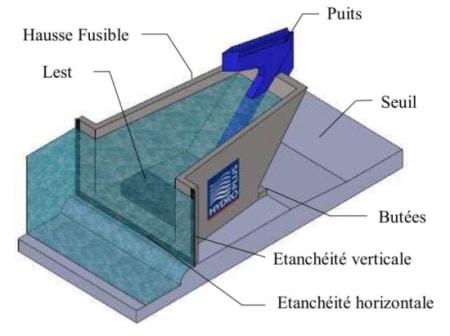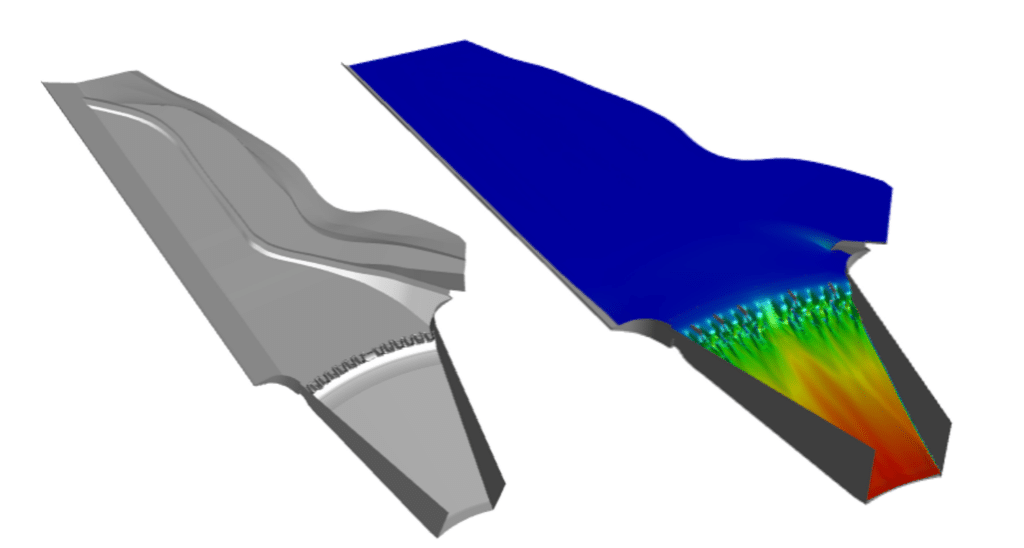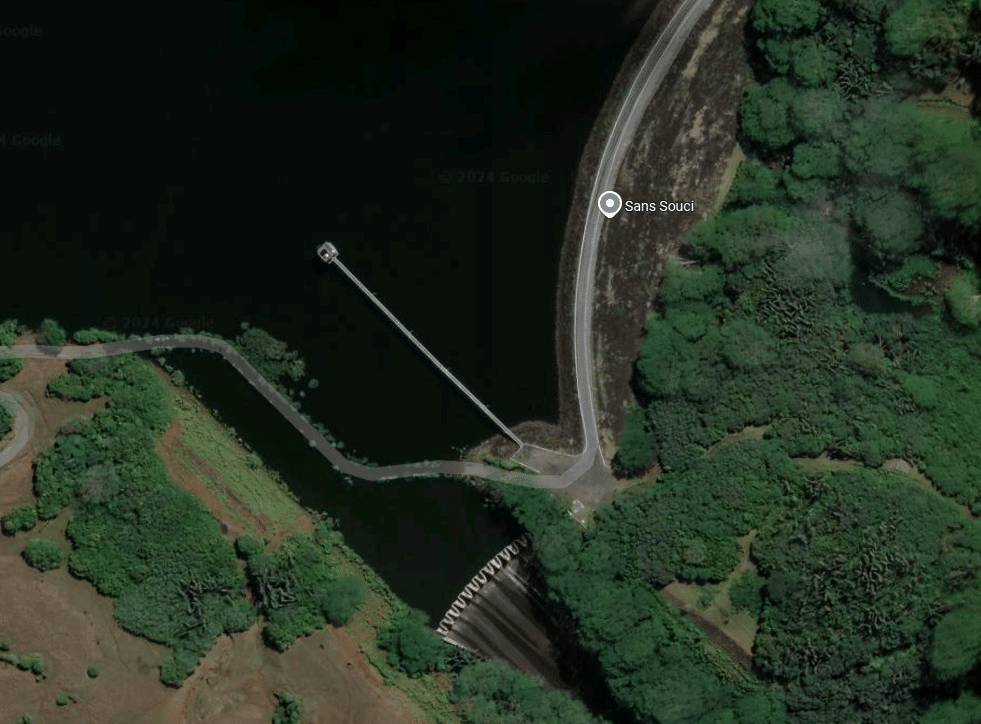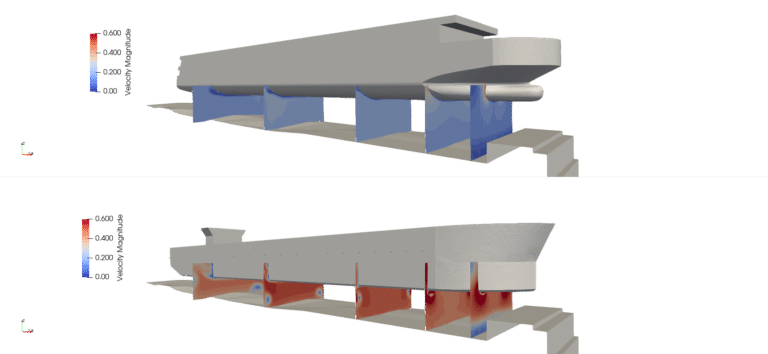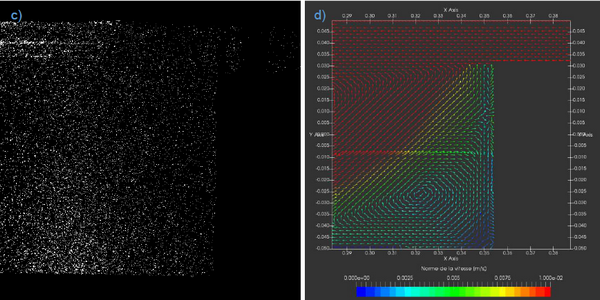Context
Reservoir dams generally have a filling phase, during the wet season, and an emptying phase, during the rest of the year, when the water is turbined or used for human activity. However, when the reservoir is full, the excess water is spilled and lost. This phenomenon is becoming increasingly frequent, particularly in semi-arid regions, as climate change leads to higher flooding in the wet season, and lower rainfall in other periods.
The solution proposed by Hydroplus, a VINCI Construction subsidiary set up in 1991, involves raising the level of the weirs using Fusegates:
- For a level between the weir level and the maximum dam level, the fusegate increases the reservoir’s storage level.
- During floods, when the reservoir is full at its new maximum level, the water spills over the Fusegate crest, which then acts as a free weir.
- During exceptional floods, the water level in the reservoir reaches the tipping level: the fusegate tilts into the spillway, protecting the integrity of the structure.
Fusegates offer a number of advantages:
- increased reservoir storage capacity,
- increased crest length,
- prolonged service life, etc.
However, when designing a new project, it is essential to precisely calibrate the fusegates’ tipping height, as well as the tipping sequences, in order to guarantee proper discharge of the flood flow.
OptiFluides works in partnership with Hydroplus to produce numerical simulations that provide answers to this problem.

